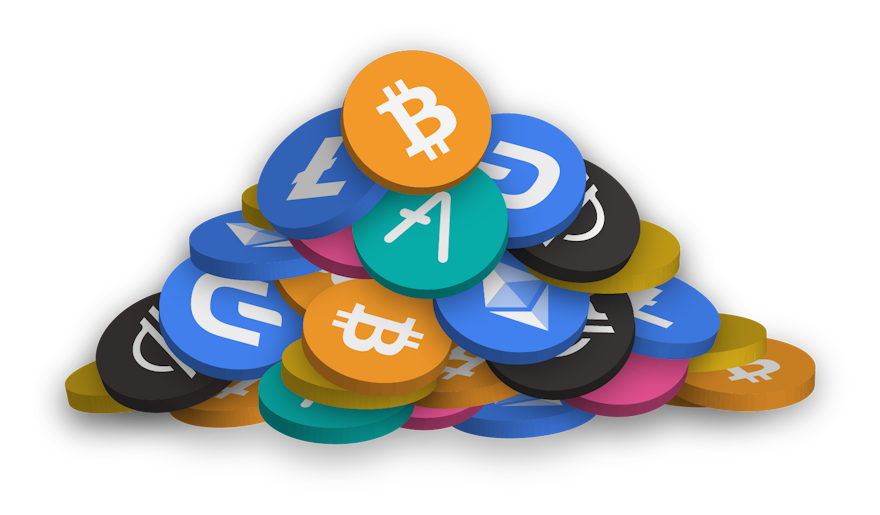Understanding Bitcoin Halving: Effects on Blockchain, Chaos, and High Fees
Introduction:
As the cryptocurrency world eagerly anticipates the next Bitcoin halving event, it's crucial to understand its implications. Bitcoin halving, a significant event that occurs approximately every four years, has far-reaching effects on the blockchain ecosystem. In this post, we'll delve into what Bitcoin halving entails, its impact on the blockchain, the resulting chaos, and the emergence of high transaction fees. Additionally, we'll explore an alternative cryptocurrency, Litecoin, as a potential solution amidst the aftermath of this event.
Explaining Bitcoin Halving:
Bitcoin halving is a pre-programmed event embedded within the Bitcoin protocol, designed to occur approximately every 210,000 blocks or four years. During this event, the reward that miners receive for validating transactions on the Bitcoin network is halved. This reduction in block rewards serves to control the issuance rate of new bitcoins, ultimately leading to a capped supply of 21 million bitcoins.
Effects on Blockchain:
The Bitcoin halving event triggers a cascade of effects throughout the blockchain ecosystem. Firstly, it diminishes the incentive for miners, potentially leading to a decline in mining activity. Consequently, this could result in slower transaction processing times and increased confirmation times for Bitcoin transactions. Furthermore, the reduced supply of new bitcoins may contribute to heightened volatility in the cryptocurrency markets.
Chaos in Blockchain and High Fees:
In the aftermath of a Bitcoin halving event, the blockchain often experiences increased congestion and higher transaction fees. As miners compete to include transactions in blocks with limited space, users may encounter delays and elevated fees when sending Bitcoin transactions. This congestion can lead to frustration among users and exacerbate concerns about the scalability of the Bitcoin network.
Recommendation: Embracing Litecoin Amidst Uncertainty
In light of the potential challenges posed by Bitcoin halving, we recommend considering Litecoin as an alternative cryptocurrency solution. Litecoin, often referred to as "digital silver" to Bitcoin's "digital gold," shares many similarities with Bitcoin but offers distinct advantages. With a shorter block generation time and a different hashing algorithm (Scrypt), Litecoin boasts faster transaction speeds and lower fees compared to Bitcoin. Additionally, Litecoin has demonstrated resilience in times of network congestion, making it an attractive option for users seeking a reliable alternative.
Conclusion:
As the cryptocurrency community braces for the upcoming Bitcoin halving event, it's essential to understand its effects on the blockchain ecosystem. From reduced mining rewards to increased transaction fees and network congestion, the ramifications of Bitcoin halving are far-reaching. In navigating this period of uncertainty, considering alternative cryptocurrencies like Litecoin can provide users with a viable solution. By staying informed and embracing innovation, we can navigate the challenges and opportunities presented by Bitcoin halving and contribute to the continued evolution of the blockchain landscape.
![[object Object]](/lib_mwyPZnWeUGPZBftq/e9jls22l40oq5gq2.png?w=400)
